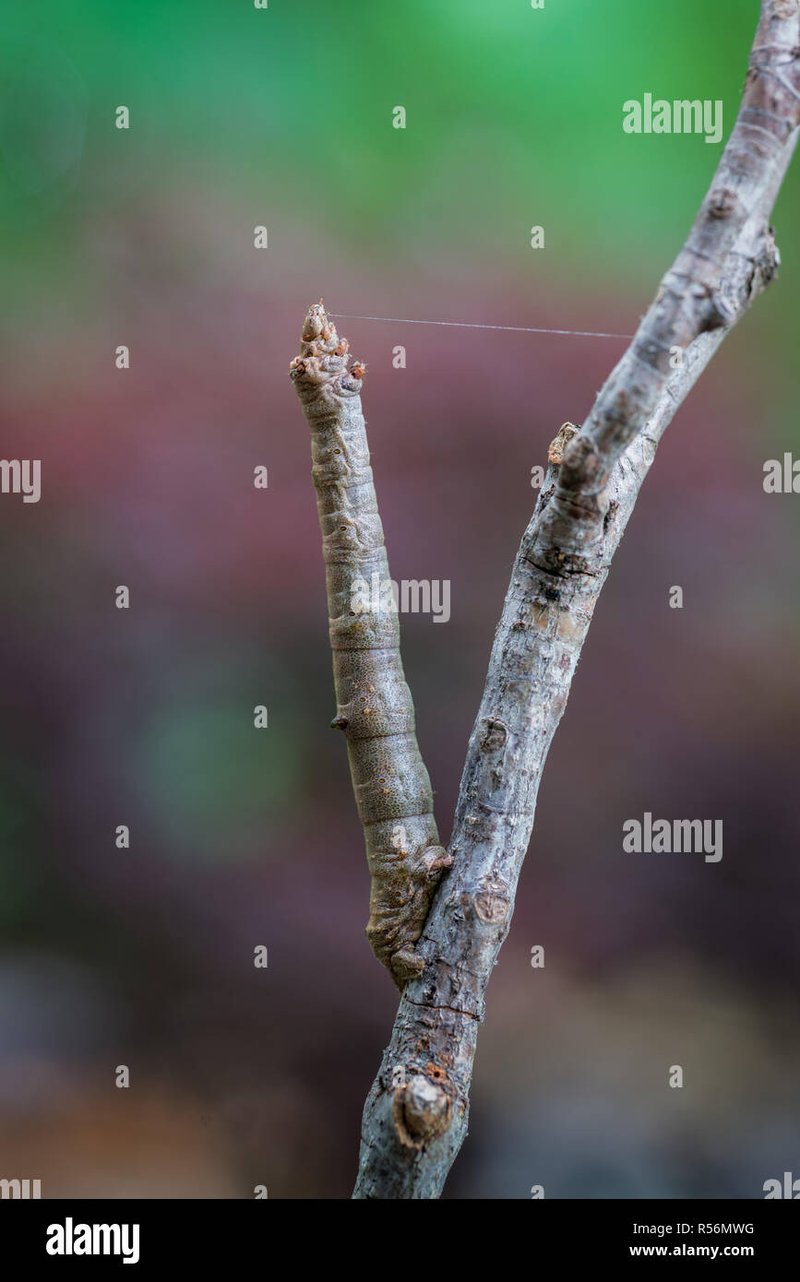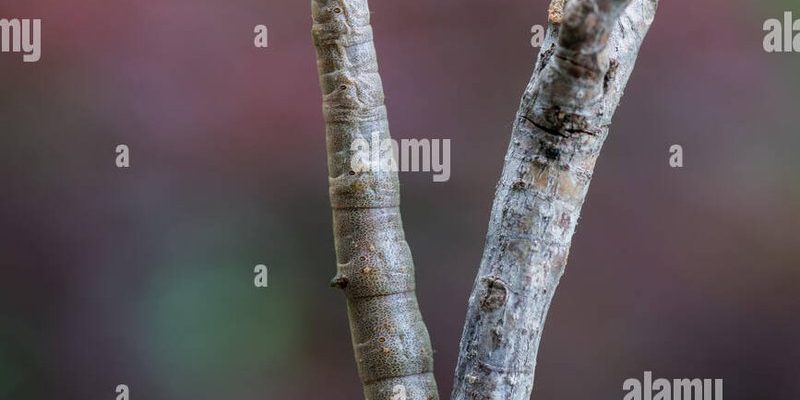
You might be wondering how a simple creature like an inchworm uses silk in its everyday life. Well, imagine you’re trying to find your way in a new city, and you leave breadcrumbs behind as you go. That’s somewhat similar to what inchworms do! Their silk trails help them mark their territory, find food, and even communicate with other inchworms. So let’s explore the purpose and direction of these fascinating silk trails.
The Basics of Inchworms
Inchworms, which are actually the larvae of geometer moths, are known for their unique movement. They inch forward by contracting and extending their bodies, making it look like they’re measuring the earth. This movement is not just cute; it’s also strategic! Inchworms are often camouflaged, blending into their surroundings to avoid predators.
When you spot an inchworm, it’s easy to overlook its silk trail. These trails are not just sticky strings; they serve crucial purposes in the life of an inchworm. Knowing how inchworms interact with their environment can give you a new appreciation for these small but mighty creatures.
Why Do Inchworms Create Silk Trails?
You might be asking yourself, “What’s the point of these silk trails?” First off, they help inchworms navigate their surroundings. Just like a personal guide, these silk strands can act as a roadmap, allowing them to find their way back to their favorite food sources or safely return to their hiding spots.
Moreover, when inchworms are disturbed, they can leave a silk trail to escape from potential threats. This silk can help them move quickly away from predators while leaving a small indication of their path. It’s a clever tactic in the wild!
Silk for Safety
Inchworms sometimes use silk as a protective measure. By creating a thin layer of silk on leaves or branches, they create a buffer against falling or being dislodged by wind. It’s like a safety net for these delicate creatures as they navigate their leafy playground.
Additionally, the silk can deter some predators. The texture of the silk may not be appealing to some animals, giving inchworms a better chance to survive. By weaving these silk trails, inchworms are smartly using their natural resources to stay safe in a world full of hazards.
How Do Inchworms Make Silk?
Creating silk isn’t as complicated as it might sound. Inchworms have specialized glands that produce silk proteins. When they want to create a trail, they extrude this protein from these glands, and it hardens when it comes into contact with air.
The process is rather fascinating! As they inch along, they leave a fine thread behind. You might not see it at first, but if you look closely, these trails are often shiny and slick. This silk can vary in thickness and texture, depending on the purpose it serves.
The Role of Environment
The environment plays a big role in how inchworms create and use their silk. For instance, in humid conditions, the silk might stay tacky longer, making it more effective for catching onto surfaces or deterring predators. On the flip side, in drier conditions, the silk hardens quickly and can break more easily.
Understanding these nuances can help us appreciate how adaptable inchworms are. They’ve evolved to use silk in ways that maximize their survival, and that’s pretty impressive for a creature that’s often overlooked.
Inchworms and Communication
It might surprise you to find that inchworms use their silk trails for communication too! The trails can leave pheromones, which are chemical signals that convey messages to other inchworms.
If you think about it, this is a lot like leaving a digital breadcrumb trail. When other inchworms find these silk trails, they can learn about food sources or even potential mates. The silk becomes a vital part of their social life, helping them connect with others in their species.
Marking Territory
By laying down silk trails, inchworms can also mark their territory. This is important in the wild, where competition for food and space can be fierce. It’s like putting up a “no trespassing” sign for other inchworms.
This tactic helps reduce conflicts and ensures that inchworms can enjoy their food sources without continuous disruptions. It’s fascinating how something so simple—a strand of silk—can play a significant role in the lives of inchworms.
An Ecosystem Perspective
Looking at inchworms from a broader perspective, their silk trails have an impact on the ecosystem as well. For instance, when these silk trails decompose, they enrich the soil and contribute to the nutrient cycle.
Moreover, as inchworms move and feed, they help control plant growth. They’re part of the food web, serving as food for various predators, including birds and other insects. So, the next time you see an inchworm and its silk trail, remember that it plays a role in a bigger picture.
Comparing Inchworms to Other Caterpillars
You might be curious about how inchworms compare to other caterpillars. While many caterpillars spin cocoons or create shelters, inchworms take a different route, focusing on their silk trails for navigation and protection.
Other caterpillars might use silk for making a cocoon before their transformation into moths or butterflies. So, while they share some similarities, each type of caterpillar has its own unique method of using silk in its lifecycle.
The Future of Inchworms
As we explore the purpose and direction of inchworm silk trails, it’s essential to consider their future. Environmental changes, like habitat loss and climate change, can impact these tiny creatures. Their ability to adapt to changes in their environment’s humidity, temperature, and plant presence will be crucial for their survival.
Conservation efforts can help protect habitats where inchworms thrive, ensuring they continue to weave their silk trails for generations to come.
Your Connection to Inchworms
Next time you spot an inchworm, take a moment to appreciate its journey. These small creatures and their silk trails remind us of the intricate connections in nature. The effort they put into navigating their world is something we can all relate to—everyone needs a little guidance now and then.
In conclusion, inchworm silk trails are a fascinating aspect of their life. From navigation and safety to communication and environmental impact, these trails play a vital role in their survival. Now that you’ve learned about the purpose and direction of these trails, you might see inchworms in a whole new light. So, keep your eyes peeled the next time you take a stroll outdoors—you never know when you might catch an inchworm in action!

